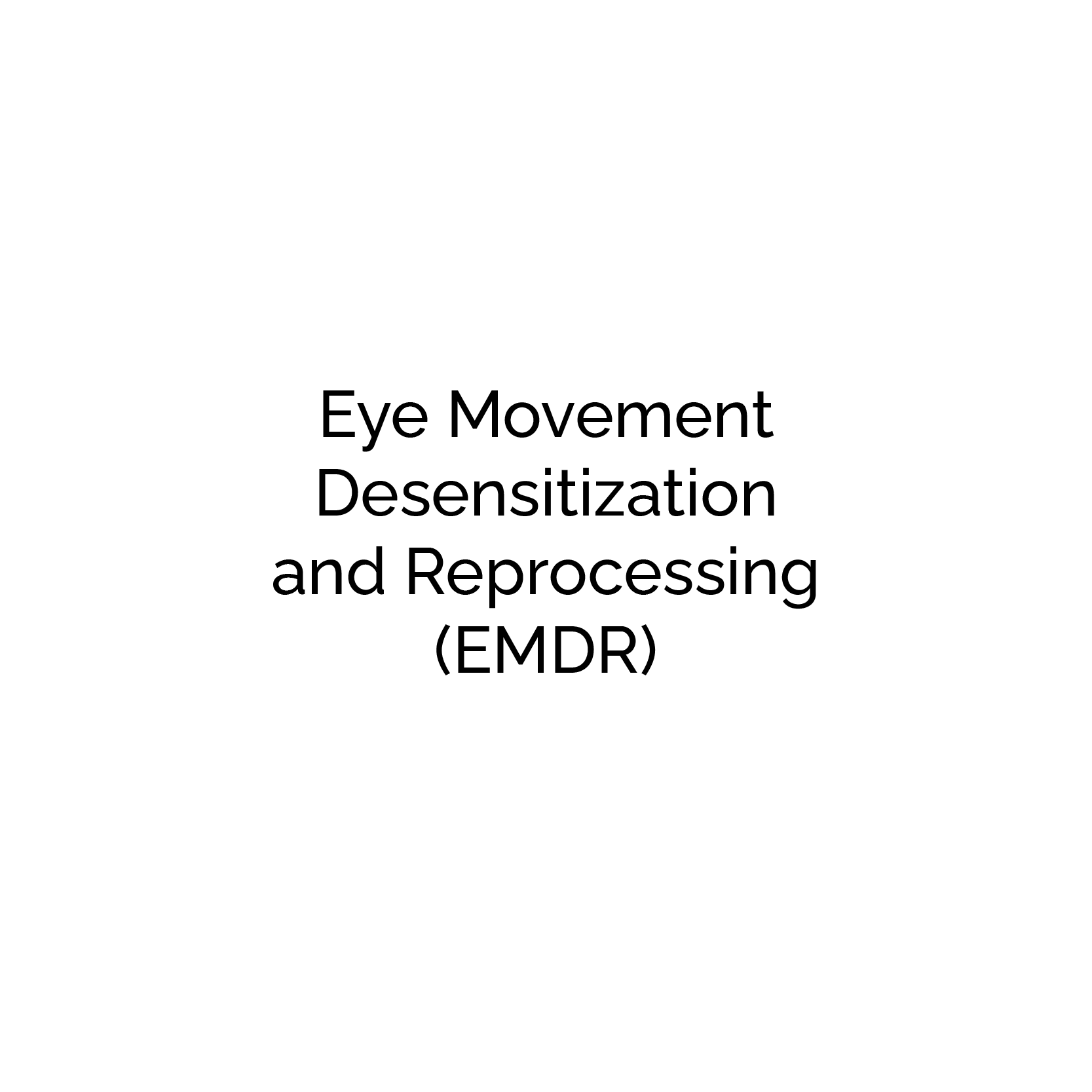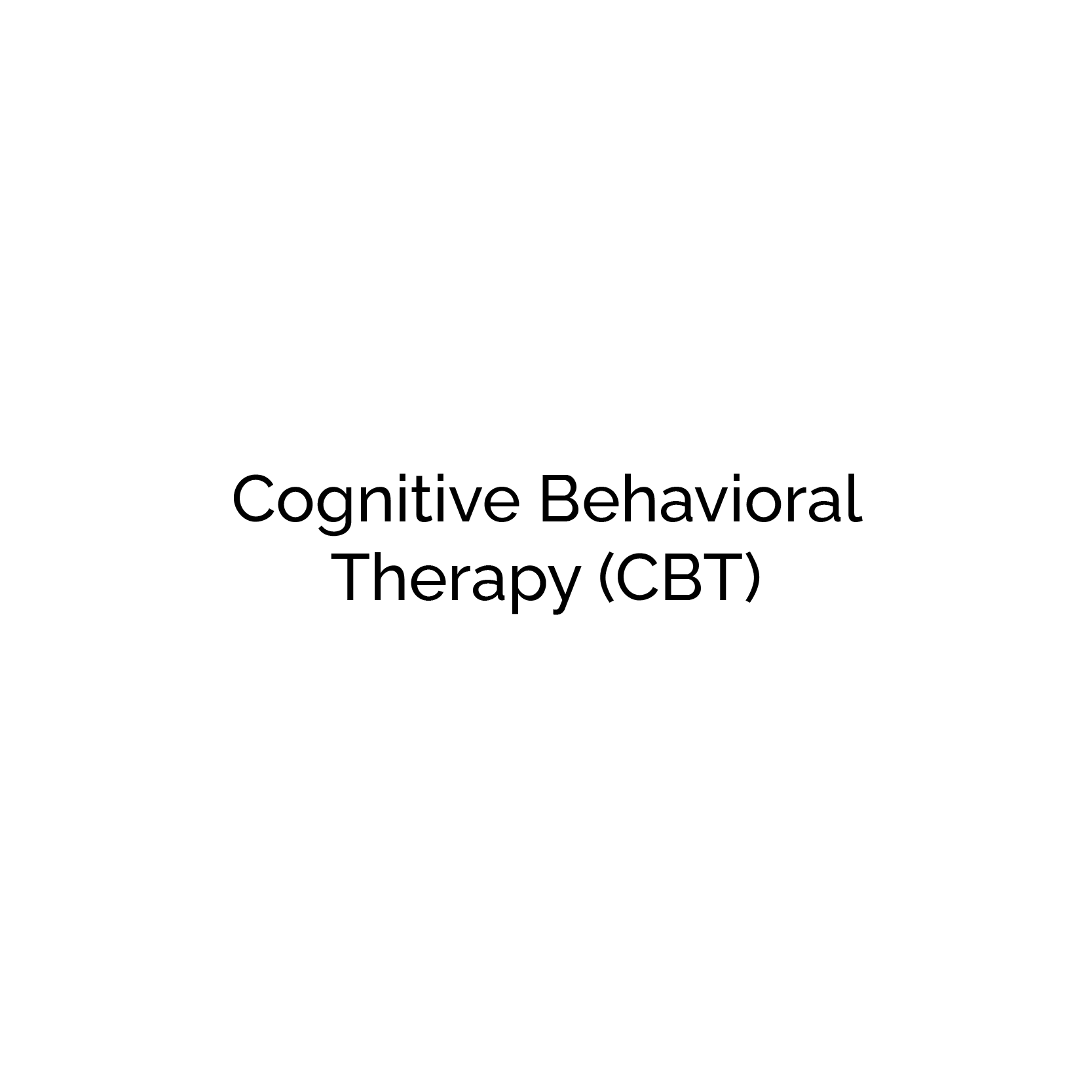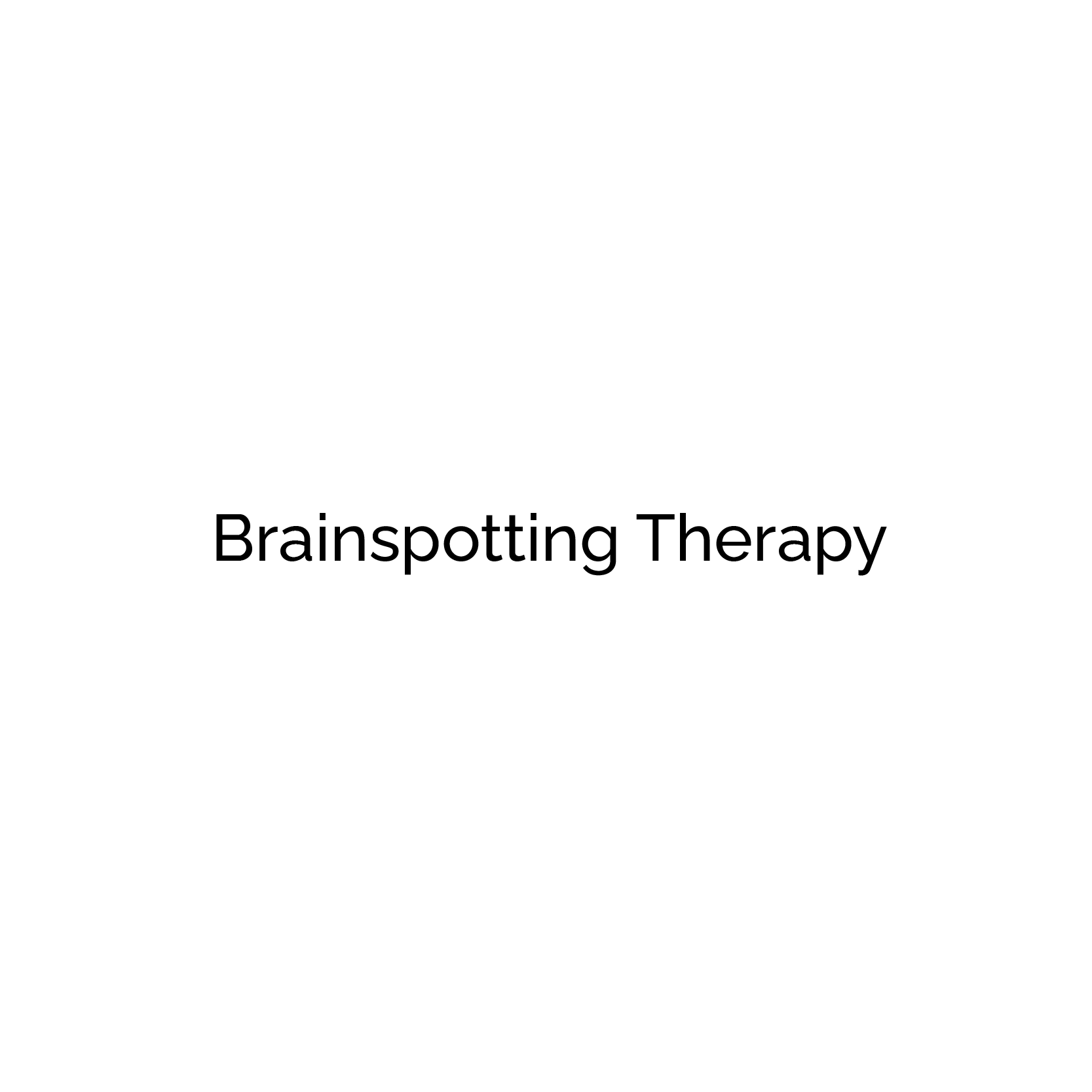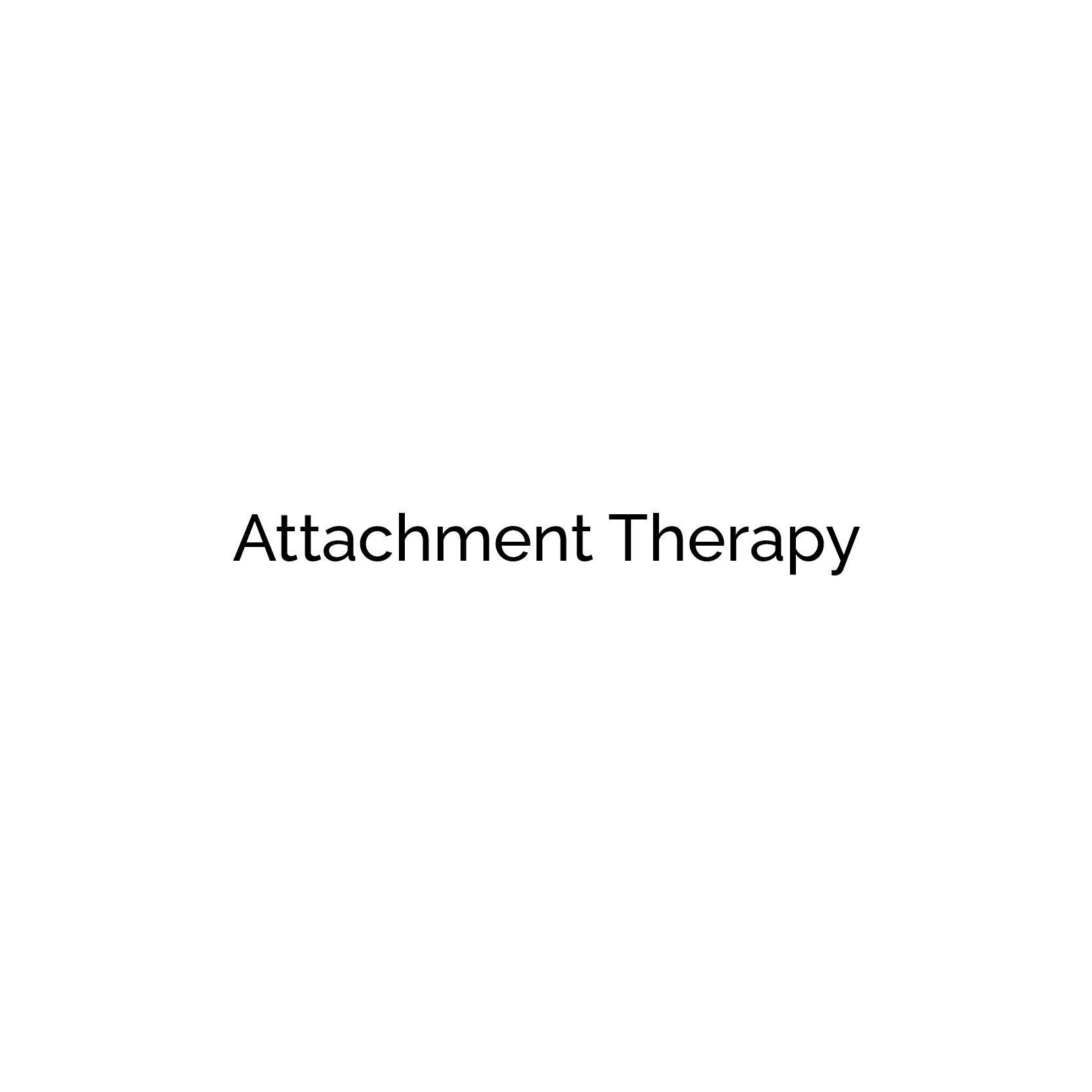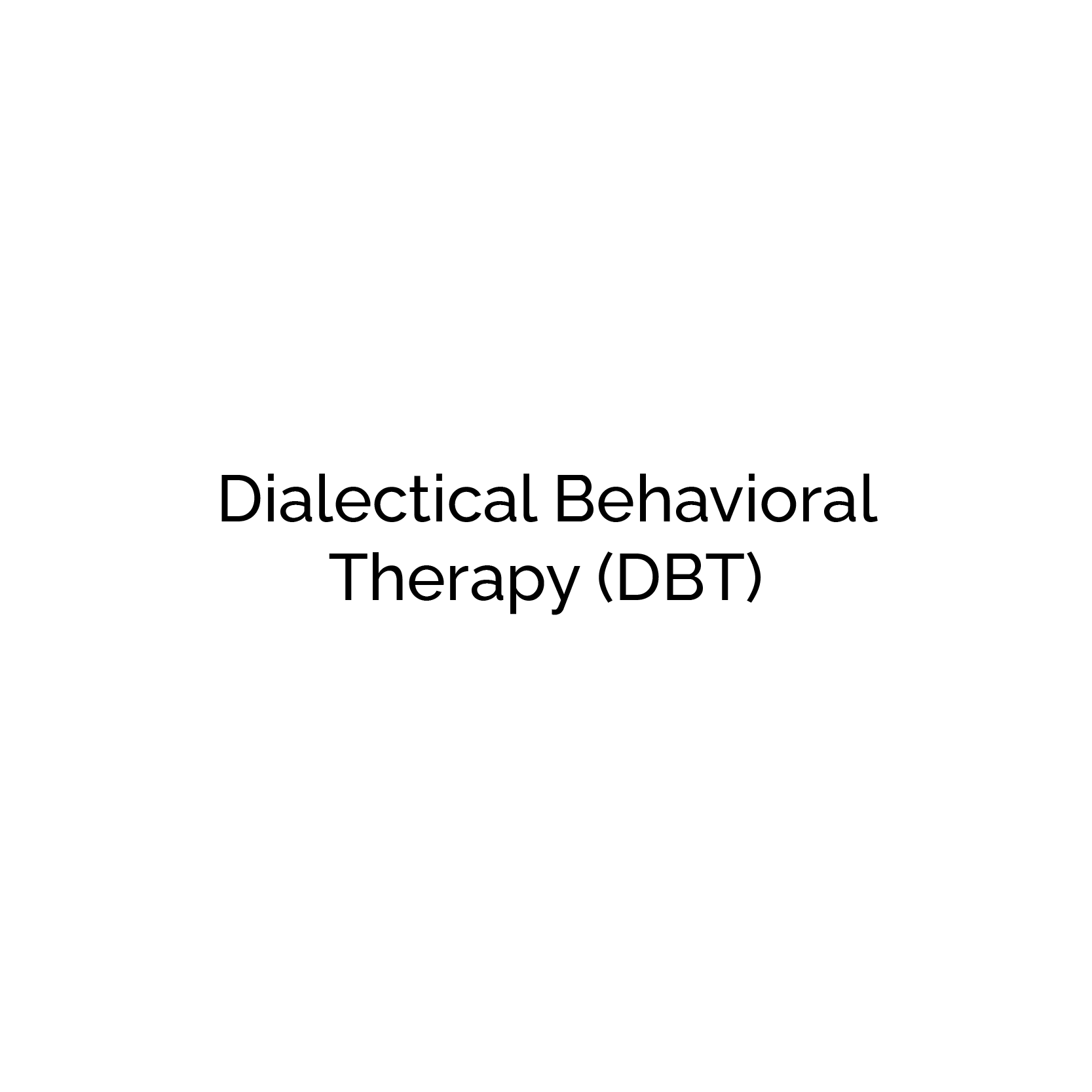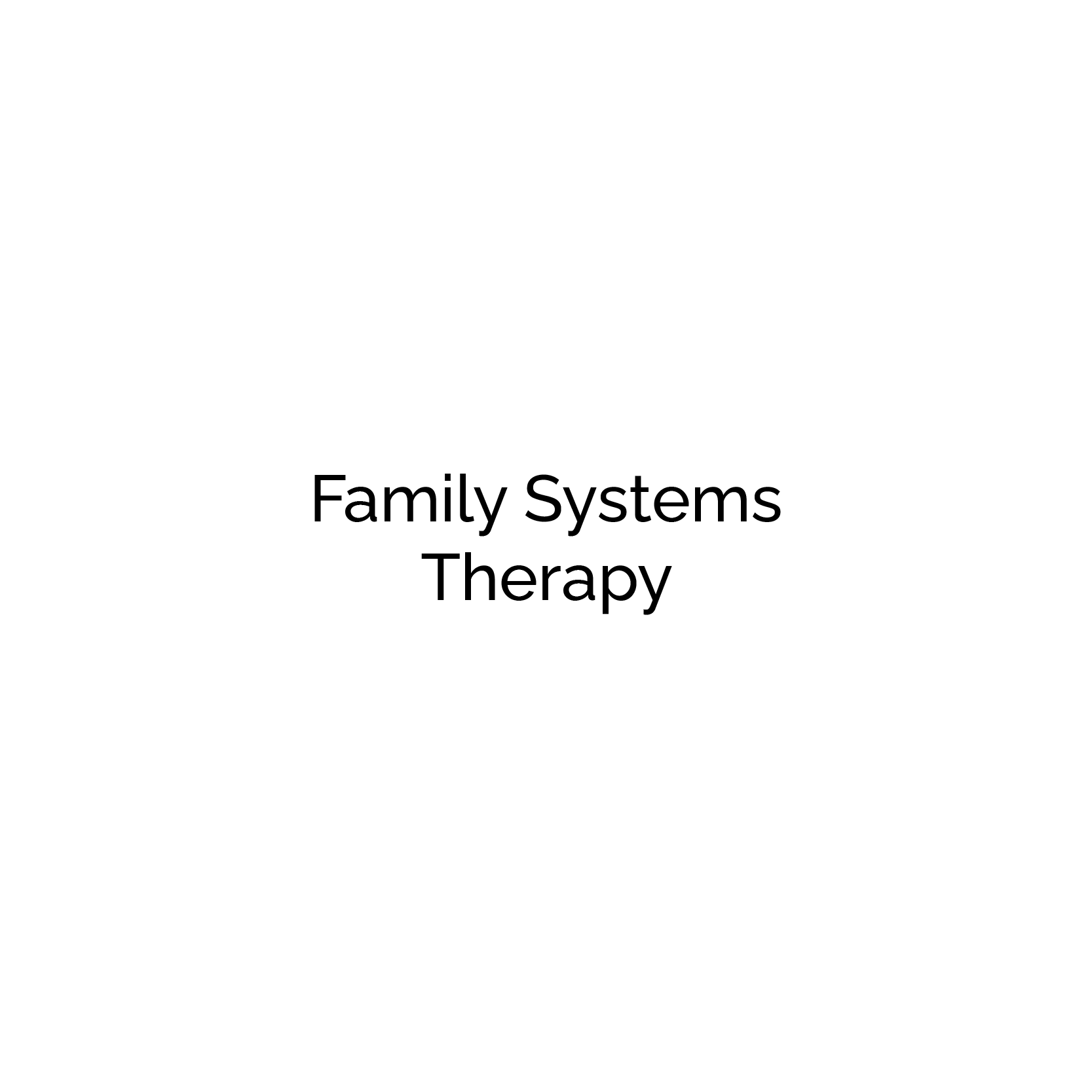Therapeutic Modalities
We offer individual, group, and family therapy with master-level clinicians. Our therapeutic team provides trauma-informed therapy based on cutting-edge science and research. The treatment team targets the student’s challenging symptoms using the combination of brain and body modalities. “Top-down” or brain approaches, like Cognitive Behavioral Therapy (CBT) and Dialectical Behavioral Therapy (DBT), help students shift problematic thought patterns and learn healthy communication skills. “Bottom-up” or body approaches, like Eye-Movement Desensitization Reprocessing (EMDR) and Equine-Assisted Psychotherapy (EAP), help students work through trauma with mindfulness and body-based coping skills. The combination of both brain and body therapeutic modalities helps adolescent girls reconnect their minds and bodies to heal and make lasting change.
What do these names, acronyms and initials mean and how do they help my daughter?

